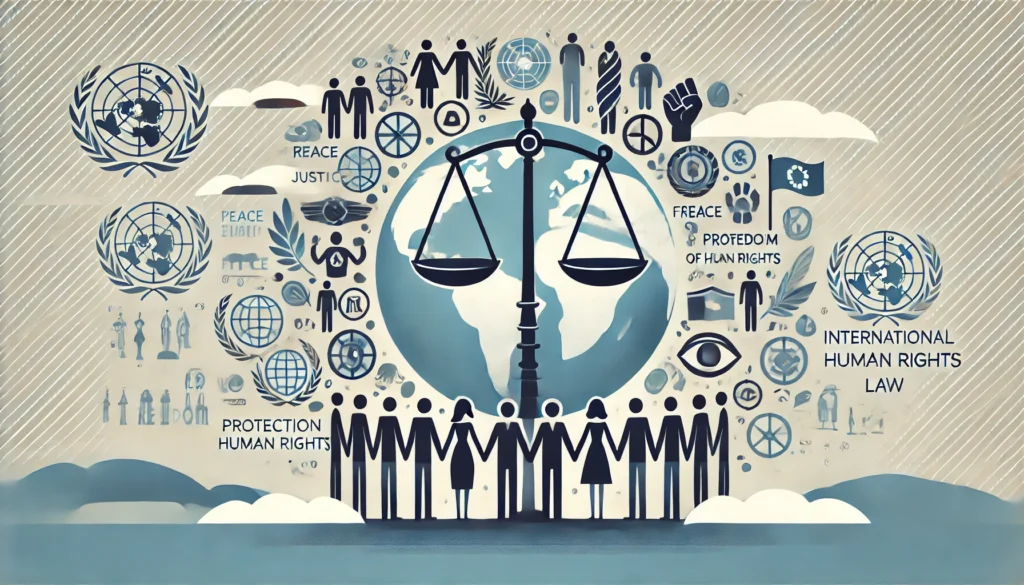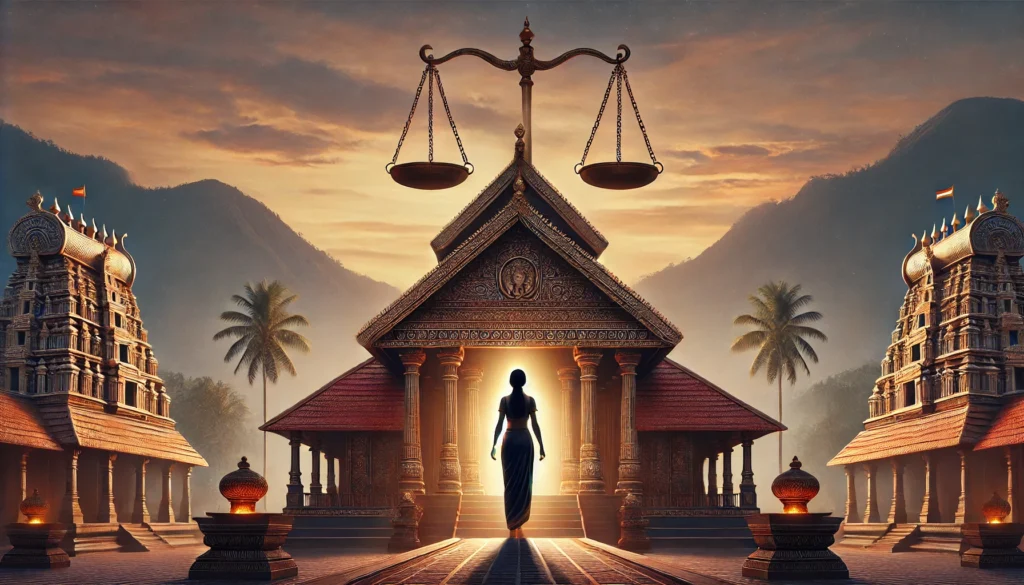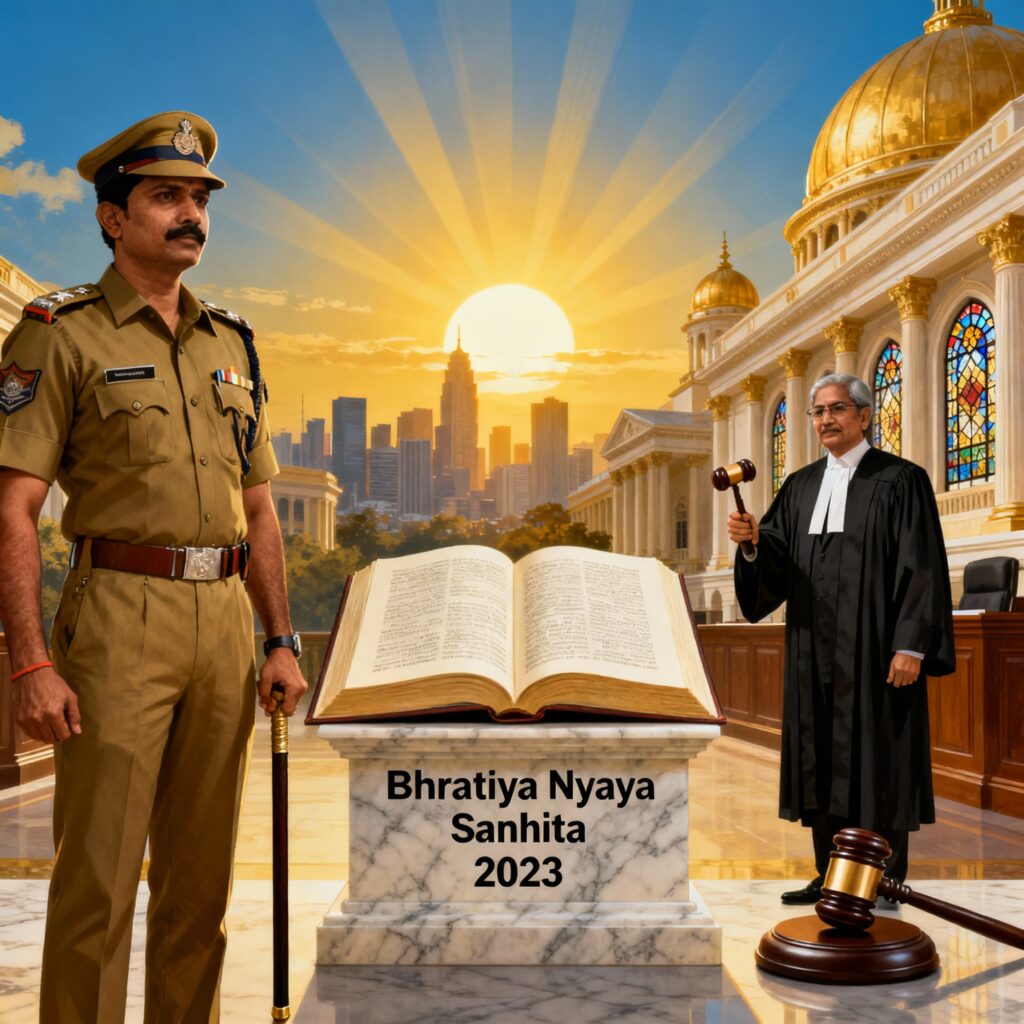Published on: 18th October 2025
Authored by: Komal Gunjal
SNDT Women’s University Mumbai
Court: Supreme Court of India
Bench: Chief Justice J.S. Khehar, Justice J. Chelameswar, Justice S.A. Bobde, Justice R.K. Agrawal, Justice R.F. Nariman, Justice A.M. Sapre, Justice Dr.D.Y. Chandrachud, Justice Sanjay Kishan Kaul, Justice S. Abdul Nazeer.
Date of the Judgment: 24th August 2017
Relevant Constitutional Provisions: Article 14, Article 19 (1) (a) & 19(1) (g), Article 21 and Article 32.
INTRODUCTION
The judgment in K.S. Puttaswamy v. Union of India, widely regarded as the landmark right to privacy case, remains one of the most transformative decisions in Indian constitutional law. The case was adjudicated by a nine-judge constitutional bench authority, by a ruling of the Supreme Court on 24th August 2017. It altered the interpretation of basic rights in terms of mandates under the constitution.
Across decades, privacy had been considered an ambiguous and legally unenforceable concept in Indian law, primarily due to two prior rulings — M.P. Sharma v. Satish Chandra (1954) and Kharak Singh v. State of U.P. (1963) — which denied the validity of privacy as a constitutional right. However, with the fast-paced technological evolution, increasing Surveillance by state authorities, and the introduction of Aadhaar-based biometric identification programs, the issues concerning privacy assumed critical importance.
The Supreme Court, in this case, not only acknowledged privacy as a fundamental right but also laid down its underlying principles, which constitute part of the right to life and personal liberty under the Constitution of India. This ruling has since been acknowledged as a core principle of digital Rights and a legal framework for data protection in India. 1
1Justice K. S. Puttaswamy (Retd) & Anr. v. Union of India & Ors (2017) 10 SCC 1.
FACTS OF THE CASE
- The Aadhaar Controversy: The Indian Government introduced the Aadhaar scheme, which mandates citizens to provide their biometric and demographic data for identification and obtain public welfare benefits. Petitioner argued that instituting. Aadhaar, as a mandatory identification measure, affects the freedom of personal choice, the privacy of personal data, and data protection rights.
- The application before to court: Justice K.S. Puttasawamy. A former judge of the high court filed a writ petition under Article 32, asserting that the Aadhaar scheme violated the right to privacy, which should be interpreted as included within the ambit of fundamental rights assigned by the Constitution.
- Standpoint of government: The union government argued that their privacy is not explicitly enumerated as a fundamental right under the constitution. It invoked precedents laid down in earlier cases, M. P. Sharma and Kharak Singh, which had decided against recognizing privacy as a core fundamental right.
- Empanelment of a Nine-judge bench: Considering the conflict between prior rulings and liberal judicial interpretation, a bench of nine judges was constituted to hear and determine whether privacy is a basic constitutional right before adjudicating upon the legal sustainability of the Aadhaar Scheme.
ISSUES INVOLVED
The court’s Primary focus was on two constitutional questions:
- Whether the right to privacy is stated as a universal right in the Constitution of India. 2. Whether the previous rulings in M.P. Sharma (1954) and Kharak Singh (1962), which declined privacy as a fundamental right, were rightly decided or required consideration.
- What is the ambit and extent of the right to privacy? If affirmed, is it absolute or subject to legally sanctioned restrictions?
ARGUMENTS OF BOTH PARTIES
Petitioner’s Arguments:
The petitioners put forth the contention that the Aadhaar Scheme and parallel measures of state surveillance violate the fundamental privacy rights, which, although not specifically enumerated in the Constitution, are implicit within the guarantees of Articles 14, 19, and 21, forming an integral part of dignity, liberty, and autonomy. They pleaded that privacy is necessary to secure core constitutional freedoms, including decisional self-determination, physical integrity, and control over personal information.
Respondent’s Arguments:
The union of India, in contrast. Maintained that there is no explicit fundamental right to privacy in the constitution, referring to prior judicial decisions set in M.P. Sharma v. Satish Chandra (1954) and Kharak Singh v. State of U.P. (1963). The government additionally contended that even if privacy exists, it can be subject to reasonable restrictions to achieve legitimate government objectives such as equitable dissemination of welfare schemes, prevention of criminal activities, and ensuring national security, particularly in a welfare centric state wherein citizens’ rights may in certain circumstances be subordinated to overarching public Interest.2
2 M.P. Sharma & Ors.v. Satish Chandra, District Magistrate, Delhi & Ors AIR 1954 SC 300. Kharak Singh. v. State of Uttar Pradesh & Ors AIR 1963 SC 1295.
JUDGMENT OF THE CASE
The Court in its judgment stressed the following points:
The court ruled that the right to privacy is an essential part of the right to life and personal liberty under Article 21 and is also safeguarded under the freedoms protected by Articles 14,19, and other provisions of Part III of the Constitution. The Supreme Court explicitly overruled its earlier judicial pronouncement in M.P. Sharma v. Satish Chandra (1954) and Kharak Singh v. State of U.P. (1963). This had denied the constitutional status of privacy as a fundamental Right.
The court expansively elucidated privacy to include the right to bodily integrity, self determination, protection of personal information, and decisional autonomy, recognizing it as vital to an individual’s dignity and liberty. It was held to cover intimate personal preferences such as reproductive autonomy, sexual orientation, sanctity of family life, and safeguarding of personal data from unauthorized collection.
However the court elucidated that the right to privacy is not absolute and may be subject to state imposed limitations provided such restrictions complies with the Triple test of legality, necessity, and proportionality-conveying that it must be sanctioned by law, be intended to achieve a legitimate state goal and be equitable to the intended purpose justified while acknowledging attendant risk pose by advancing technological landscape, the court also affirmed that urgent requirements for comprehensive regulatory mechanism for data privacy regime to secure rights of citizens informational privacy in era of digitalization.
The entire bench of nine judges, through supplementary but concurring opinions, with total unanimity, affirmed that the right to private life is an inherent and inseparable facet of fundamental rights. By displacing previous precedents, the court constitutionally embedded privacy as an essential pillar of constitutional governance, ensuring its protection as intrinsic to the right to liberty and dignity of the individual.
ANALYSIS
The Judgments represent an evolving and progressive understanding of constitutional rights by connecting with dignity, liberty, and autonomy, highlighting that citizens’ freedoms cannot be threatened for administrative efficiency. It consolidated other fundamental rights, encompassing freedom of expression under Article 19(1) (a), equality under Article 14, and personal liberty under Article 21, which comprises decisional autonomy and personal sphere of family life.
Simultaneously, it mediated between individuals’ rights with states’ legitimate objectives through the proportionality review, allowing restrictions only for bona fide state purposes like state security concerns or prevention of crime. Even so, the non-existence of promotional guidelines and the limited nature of privacy have been challenged for unregulated discretion in favor of the state.
SIGNIFICANCE
The K.S. Puttaswamy judgment serves as a pivotal development in Indian constitutional law. It advanced the construction of fundamental rights from a government-centric interpretation to one that is well-established in the autonomy and dignity of the citizens. By clearly and unambiguously recognizing privacy as an integral part of personal liberty under Article 21, the court not only set aside obsolete precedents but also upheld the scope of the constitution to progress with societal development.
The pivotal verdict was instrumental in embedding the right to privacy in India’s democratic ethos – especially essential in the era of digital surveillance, data collection, and algorithmic profiling. It precipitated broader judicial reforms and influenced pivotal Judgments like Navtej Singh Johar and Joseph Shine, both of which reflected the values of the doctrine of personal autonomy and volitional rights.
Transcending the legal doctrine, the decrees underscored that state power must be enforced within strict adherence to constitutional norms, affirming individuals’ rights as uncompromisable foundational principles of governance. At its core, Puttaswamy didn’t just extend the meaning of privacy- it redefined the understanding of what it means to be protected by constitutional liberties.
IMPACT OF CASE
- Validation of privacy as fundamental rights – Decisively established privacy under articles 14,19, and 21, upholding individuals’ dignity, autonomy, and liberty. • Reversal of Prior Rulings – overruled M.P.Sharma (1954) and Kharak Singh (1963), evolving towards a right-oriented and progressive constitutional interpretation • Safeguard against arbitrary state action – Formulated a three-fold test (legality, necessity, proportionality), ensuring robust review of any state encroachment. • Shaping progressive judicial thought – formed the basis for landmark judgments such as Navtej Singh Johar (Nullifying criminalization of homosexuality), Joseph Shine (invalidating adultery law).
- Strengthening Democracy and individuals’ Rights– Upholding constitutional ethos of dignity and liberty, marking a transition towards person-centric the doctrine of constitutionalism in India.
CONCLUSION
The K. S. Puttasawmy judgment is a transformative ruling in Indian constitutional history, authoritatively establishing privacy as a fundamental right under Articles 14,19, and 21. It fortifies the individual’s liberty against excessive or arbitrary state actions and private encroachment, expanding the scope of civil liberties in the digital era.
By explicitly overruling prior conflicting judgments like M.P. Sharma and Kharak Singh, the court reconciled constitutional adjudication with current technological and social realities, recognizing privacy as crucial in the age of surveillance messages and data protection. Though not absolute, the right to private life is now subject to strict standards of judicial scrutiny through the three-tier test for legality, necessity, and proportionality, ensuring that any Limitation should pursue a justifiable state interest and is strictly applied.
The judgment is reinforced by transformative decisions such as Navtej Singh Johar (invalidated penal provisions against homosexuality) and Joseph Shine (striking down the criminalization of adultery), where dignity and autonomy were pivotal. In conclusion, Puttaswamy. The Union of India reinforced an individual-centric approach to governance and stands as one of the seminal constitutional pronouncements in India.




